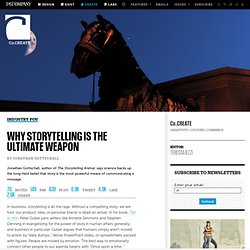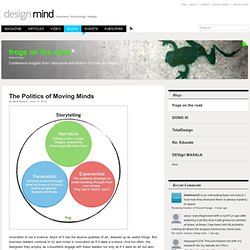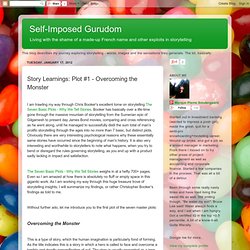

STORYTELLING / A simple reminder... STORYTELLING / Stories are equipment for living... The importance of Storytelling. Telling Stories in the Retail Space. Story / Pixar_22_Rules_of_Storytelling. Our 7 Tenets of Future Storyworlds. At the European Broadcast Union (EBU) TV Summit in Copenhagen last week, Transmedia Storyteller Ltd founder and CEO, Robert Pratten, presented our vision for future storyworlds: PERVASIVE – Available on any device, anywhere and at any time.

Blurs real world and fictional world. PERSISTENT – Story evolves even if you’re not engaging with it. Aggregate audience activity and real-world environmental factors shape story development in real time. PARTICIPATORY – Allows audience to interact with story characters, locations, things and each other. The full presentation focused on TV’s role in a much broader non-linear entertainment ecosystem with these seven tenets of future storyworlds applying equally well to any entertainment and news business. Why Storytelling Is The Ultimate Weapon. In business, storytelling is all the rage.

Without a compelling story, we are told, our product, idea, or personal brand, is dead on arrival. In his book, Tell to Win, Peter Guber joins writers like Annette Simmons and Stephen Denning in evangelizing for the power of story in human affairs generally, and business in particular. Guber argues that humans simply aren’t moved to action by “data dumps,” dense PowerPoint slides, or spreadsheets packed with figures. People are moved by emotion. The best way to emotionally connect other people to our agenda begins with “Once upon a time…” Plausible enough. I think it’s a real insight. Until recently we’ve only been able to speculate about story’s persuasive effects. The Politics of Moving Minds. By Mark Rolston - June 15, 2012 Innovation is not a science.

Much of it has the elusive qualities of art, dressed up as useful things. But business leaders continue to try and invest in innovation as if it were a science. And too often, the designers they employ as consultants engage with these leaders not only as if it were an art but also as if their clients understood how to speak in “creative” terms. So we find these two parties speaking different languages, in need of a translator. My experience leading Frog, a 1,000-person global creative organization, for 18 years, has left me with a few key insights about how the creative industry needs to improve its communication with its corporate clients. Here are five reasons why creatives need to improve how we interface with executives.
Seeing the Problem Through the Client’s Eyes A group of young designers in a workshop recently came to me and complained that their clients were treating them as vendors. Story-Template2. Plot-lines.jpg 1,920×1,182 pixels. Retail Visionary Launches Love Concept Store With Online Dating Website. Apple Events - Apple Special Event January 2012.
Self-Imposed Gurudom. Story Learnings: Plot #1 - Overcoming the Monster I am trawling my way through Chris Booker's excellent tome on storytelling The Seven Basic Plots - Why We Tell Stories.

Booker has basically over a life-time gone through the massive mountain of storytelling from the Sumerian epic of Gilgamesh to present day James Bond movies, comparing and cross referencing as he went along, until he managed to successfully distil the sum total of man's prolific storytelling through the ages into no more than 7 basic, but distinct plots. Obviously there are very interesting psychological reasons why these essentially same stories have occurred since the beginning of man's history. It is also very interesting and worthwhile to storytellers to note what happens, when you try to bend or disregard the rules governing storytelling, as you end up with a product sadly lacking in impact and satisfaction. The Seven Basic Plots - Why We Tell Stories weighs in at a hefty 700+ pages. 1.
Strategy. Journalism. Various. Archetypes. Jobs. Examples. Digital Storytelling. Transmedia.